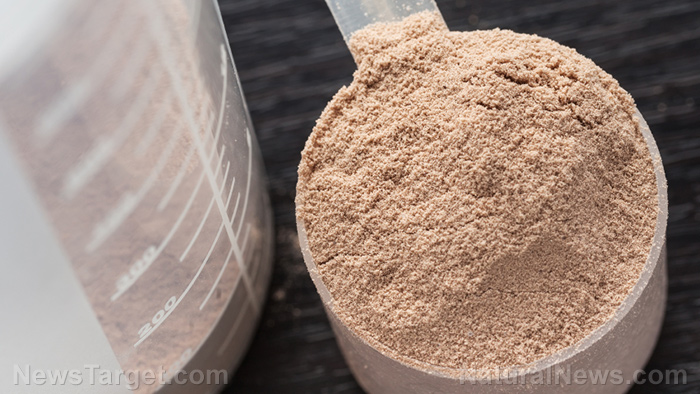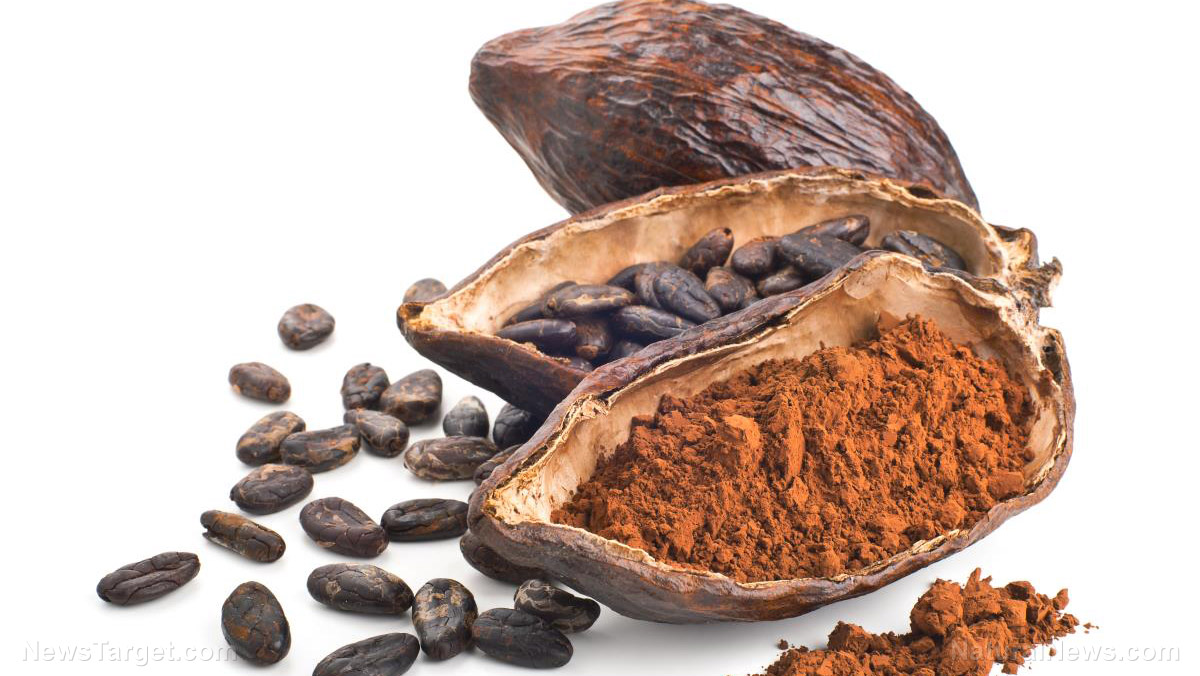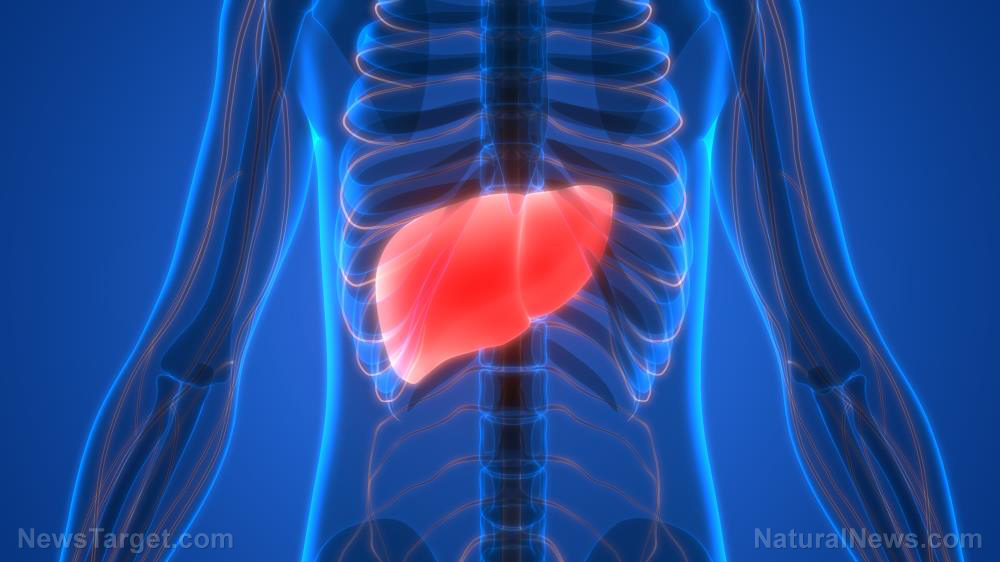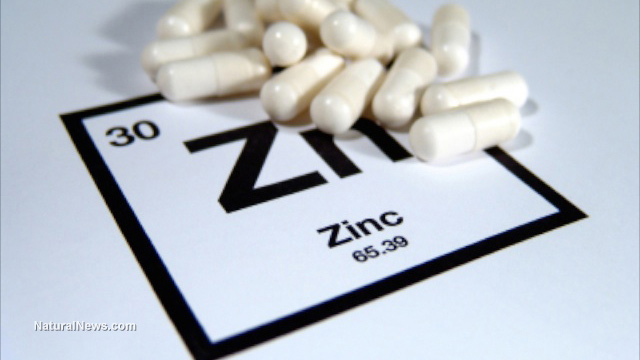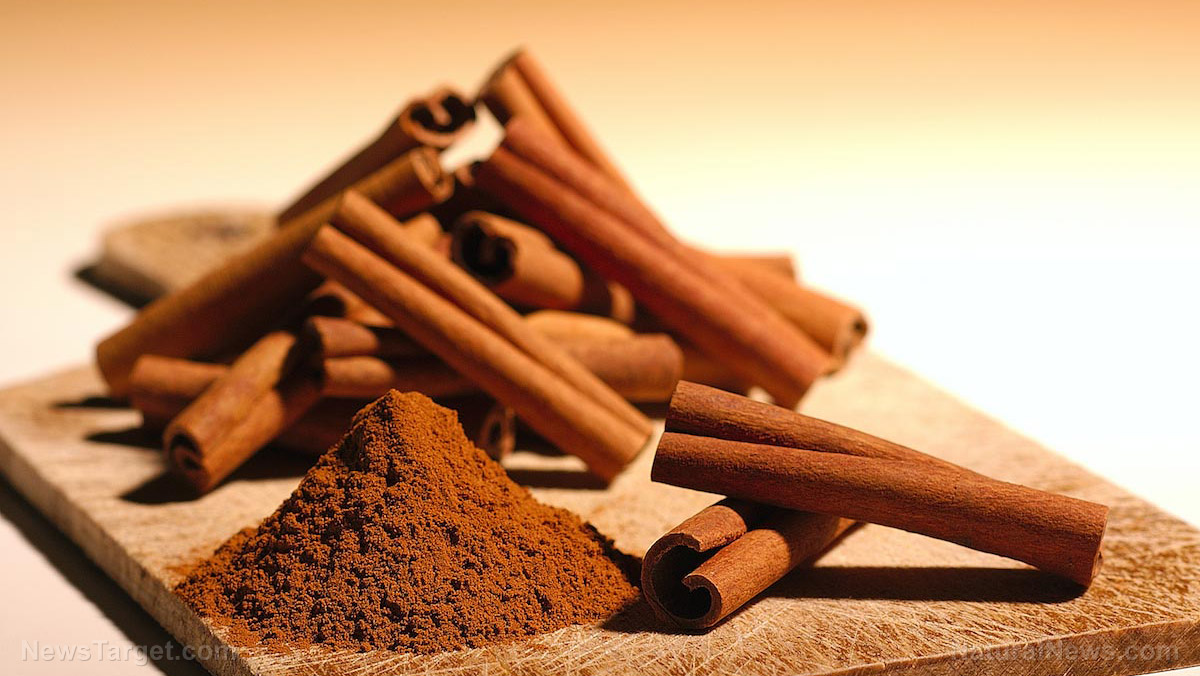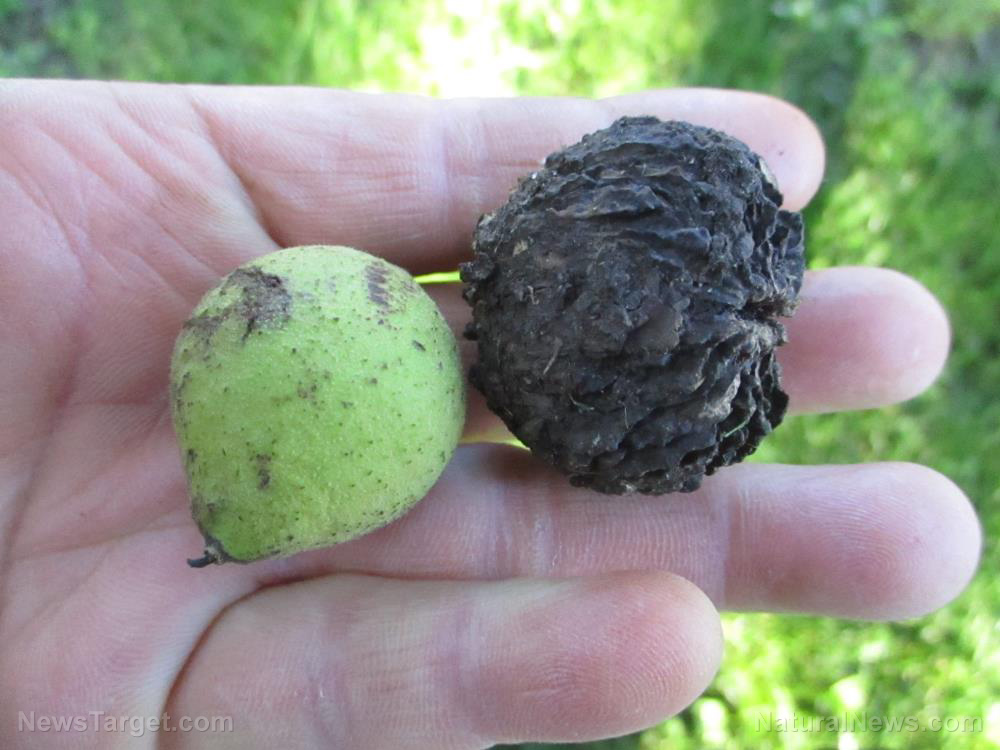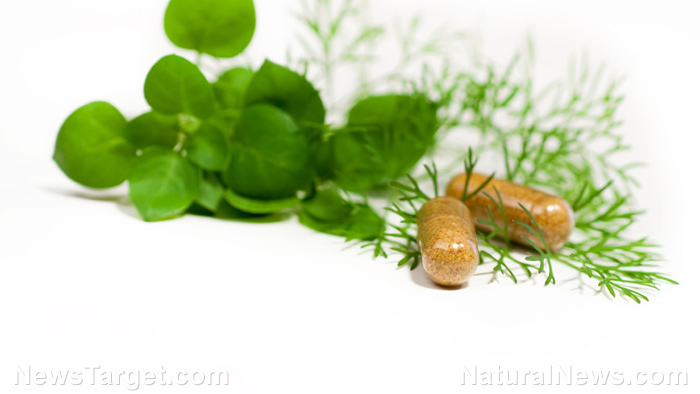Simple exercise may protect you from a deadly coronavirus complication
04/21/2020 / By Cassie B.

Many places around the world remain in lockdown over the coronavirus pandemic, but some areas are making some exceptions for physical activity. That’s a decision that could end up saving people’s lives as a researcher from the University of Virginia School of Medicine has shown the important role exercise may play in staving off a deadly complication.
One big reason a lot of coronavirus patients are dying is acute respiratory distress syndrome, or ARDS. Although it only affects somewhere between 3 and 17 percent of all patients who have COVID-19, that range is 67 to 85 percent for those in intensive care.
Exercise researcher Dr. Zhen Yan said that he found a potent antioxidant that can protect against the illness that is produced by exercising.
According to his studies, exercise may prevent – or at the very least, reduce – the severity of ARDS. This is good news when you consider that research carried out before the pandemic struck indicated that roughly 45 percent of patients who develop a severe form of ARDS will die from it.
In a statement, he said: “All you hear now is either social distancing or ventilator, as if all we can do is either avoiding exposure or relying on a ventilator to survive if we get infected.”
He said that it’s important to figure out why 80 percent of confirmed COVID-19 patients will only experience mild symptoms and won’t need respiratory support. At the heart of his in-depth review of medical research is an antioxidant called extracellular superoxide dismutase, or EcSOD. It’s naturally made by muscles and secreted into our circulatory system, and its production is enhanced when we do cardiovascular exercise.
In people with illnesses like kidney failure, lung disease and ischemic heart disease, a decrease in levels of this antioxidant is often seen. Studies on mice have indicated that blocking the production of this antioxidant makes heart problems worse, while increasing it has the opposite effect.
Lower levels of EcSOD have also been associated with chronic conditions like osteoarthritis.
Interestingly, EcSOD may also be a potential treatment for health conditions like ARDS. Research has already shown that lab rats suffering from chronic kidney disease who are treated with human EcSOD experience less kidney damage. It may also be useful for treating multi-organ dysfunction syndrome and a complication of diabetes known as retinopathy, which can lead to blindness.
Of course, exercise can also help with weight control, which is especially important right now as obesity is believed to be a factor in how well coronavirus patients fare.
So how much exercise do you need to boost your production of this potentially life-saving antioxidant? Yan said that even a single exercise session is enough to raise levels. Therefore, he urges people to look for ways to fit in some movement, even while adhering to social distancing guidelines.
He also points out that protecting against ARDS is just one of the many benefits of regular exercise. In fact, he believes it has more benefits than we know. As long as you’re physically capable of doing so, it’s hard to think of a good reason not to exercise.
Exercising during social distancing
You might not be able to head to the gym these days, but there’s plenty of exercise you can do at home, even if you don’t have a lot of space.
If you have a yard of any size, you can walk, jog or run laps around it. If you’re stuck indoors, consider looking for exercise videos or instructions online, or just put on your favorite music and start dancing. There are lots of smartphone apps that can guide you through workouts using everyday objects like cans of food or filled water bottles as weights.
In addition to possibly protecting you against a very serious coronavirus complication, exercise can also enhance your mood – which is something all of us could use right now as we adjust to life during this pandemic.
Sources for this article include:
Submit a correction >>
Tagged Under:
antioxidants, ARDS, coronavirus, covid-19, exercise, fitness, immune system, infections, natural remedies, outbreak, prevention, slender
This article may contain statements that reflect the opinion of the author
RECENT NEWS & ARTICLES
Antioxidants.News is a fact-based public education website published by Antioxidants News Features, LLC.
All content copyright © 2018 by Antioxidants News Features, LLC.
Contact Us with Tips or Corrections
All trademarks, registered trademarks and servicemarks mentioned on this site are the property of their respective owners.







